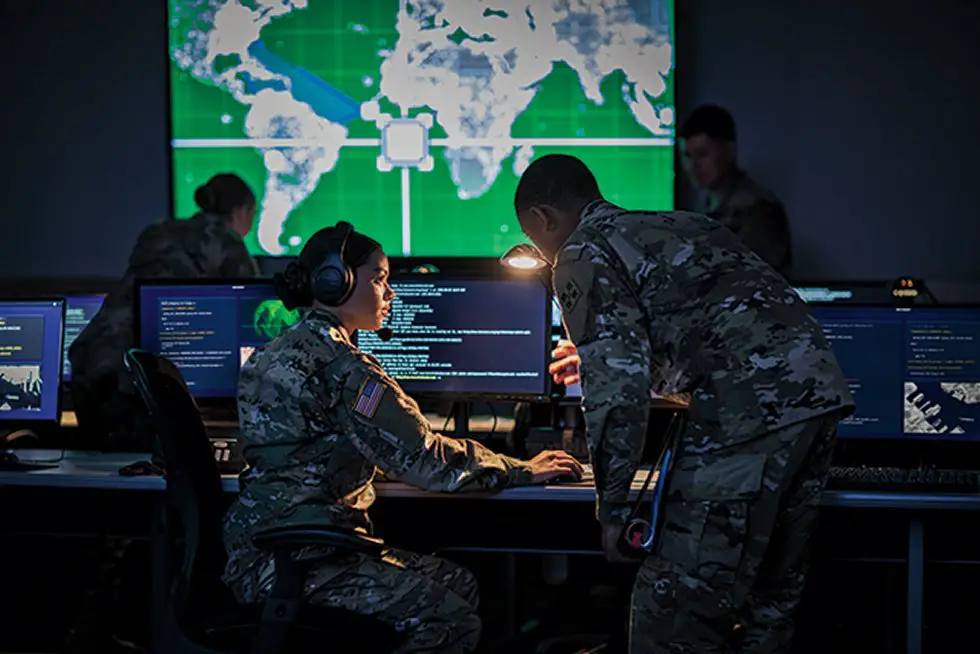Breaking news
U.S. Army Futures Command created to achieve clear overmatch in future conflicts.
The establishment of the Army Futures Command is the most significant Army reorganization effort since 1973. Army Futures Command will be the fourth Army Command and will be tasked with driving the Army into the future to achieve clear overmatch in future conflicts.

The Army Commands (ACOMs) now encompass four commands (Picture source: U.S. Army)
With this newly created Army Futures Command, the Army Commands (ACOMs) now encompass four commands.
First, the Army Forces Command, the force provider of the Army: it trains, prepares a combat ready, globally responsive Total Army Force of U.S. Army Soldiers to build and sustain Army readiness to meet Combatant Command requirements.
Second, the Army Training and Doctrine Command: it’s the “architect” of the Army. It recruits, trains, designs, acquires, and builds the Army.
Third, the Army Materiel Command: it sustains the Army, as it provides materiel readiness by equipping and sustaining the force.
Fourth, the newly-created Army Futures Command, in charge of modernizing the Army for the future. It will integrate the future operational environment, threat, and technologies to develop and deliver future force requirements, designing future force organizations, and delivering materiel capabilities.
Let us mention four characteristics of this new Army Futures Command. It will act as the custodian of Army modernization efforts by linking operational concepts to requirements to acquisition to fielding. It will bring concepts and requirements definitions together with engineering and acquisitions functions into one team. It must be a small, agile headquarters focused on flexibility, collaboration, and speed; a focus is set on faster innovation, experimentation, and demonstration. Last but not least, it must enable rapid prototyping, failing early and cheaply, and then increase learning with increased operational inputs.
The structure has been designed as follows. Each Army Futures Command subordinate organization currently exists as an organization within TRADOC, AMC, ASA (ALT) or Army Test and Evaluation Command. Army Futures Command's subordinate organization will remain at their current locations but will be realigned to ensure all Army major commands remain closely linked. Cross Functional Teams (CFTs) will report to the Army Futures Command. Program Managers will remain under the control of ASA (ALT) but teamed with the CFTs. Command group headquarters will be located near innovative and agile industrial and academic institutions to align with these organizations and in a place where the command will inculcate the culture needed to develop the innovation and synergy required to lead the Army's modernization effort.
The Army Futures Command will have three subordinate organizations. First, the “Futures and Concepts” will identify and prioritize capability development needs and opportunities. Second, the “Combat Development” will conceptualize and develop solutions for identified needs and opportunities. Third, the “Combat Systems” will refine, engineer, and produce developed solutions.
All acquisition authority is derived from Army Acquisition Executive (AAE), to whom the Program Mangers report. Futures Command is responsible for requirements and supports the Program Managers. Program managers remain under the control of ASA (ALT) but matrixed against the CFTs.
The Army's modernization strategy has one focus: make soldiers and units more lethal to win the nation's wars, then come home safely.
The modernization process will leverage commercial innovation, cutting-edge science and technology, prototyping and warfighter feedback.
Unity of command and unity of effort for the Army's modernization effort ensures accountability, transparency and responsible stewardship of the nation's resources.
In support of the overall strategy, Army Futures Command will synchronize efforts among the ACOMs and across the cross functional teams to advance the Army's six modernization priorities: long-range precision fires, next generation combat vehicle, future vertical lift, Army network, air and missile defense, and soldier Lethality.


























